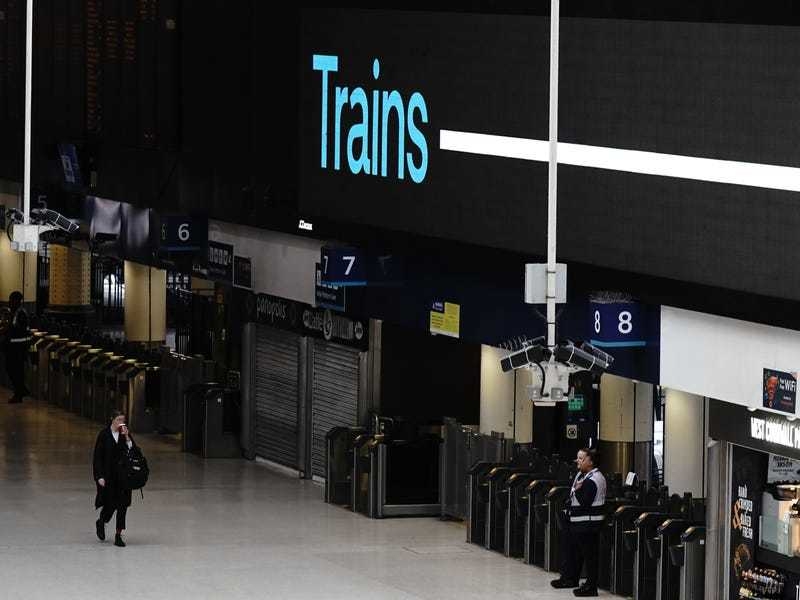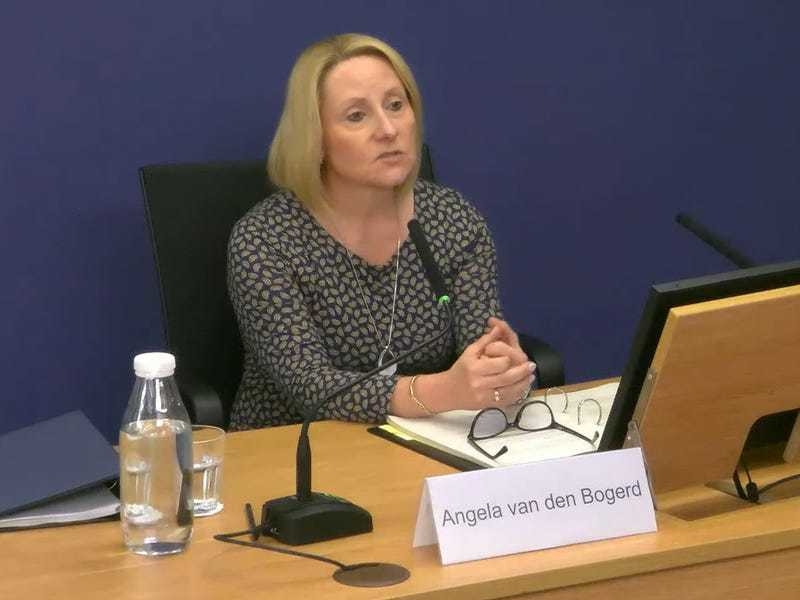With just four breeding pairs left, Birds on the Edge is working on how to bring the seabirds back from the brink of local extinction.
Project officer Cristina Sellares said the puffin decline had mirrored a global plummeting of seabird numbers.
Only 30 per cent of the seabird population that existed fifty years ago are left.
‘We know that the causes of this decline, directly or indirectly, are all down to humans,’ Ms Sellares said to a group of conservationists meeting last week.
‘We also know that seabirds are great indicators of the health of our marine environment.
‘They spend a lot of time at sea, so they are good indicators of problems at sea due to pollution and plastics.’
Just over 100 years ago, Jersey had a buoyant population of puffins numbering roughly 250.
But between 1915 and 1920, the numbers crashed and since then the birds have declined steadily.
The challenges to puffins include brown rats, ferrets, cats, human activity near the nesting sites and climate change.
The small group that are left favour a one-mile stretch of coastline near Plémont.
‘They are breeding,’ Ms Sellares said. ‘We know that because they are taking fish in and there was possibly a fledgling as well.’
Puffins are late breeding birds – not hitting sexual maturity till six years of age – and produce only one egg a season.
When not breeding in the craggy cliff-side, they are at sea and thus at the mercy of changing sea conditions.
In 2014, local seabirds were badly hit by relentless winter storms, with high winds making it impossible for them to feed.
Hundreds of bodies washed up – including 53 puffins.
‘For some people, the first puffins they had ever seen were dead on the beach,’ Ms Sellares said.
But local conservationists are hoping the tide is turning with a new enthusiasm for wildlife and nature.
A number of initiatives are being considered including using decoy calls, restricting human activity near nesting areas and building artificial nesting sites.
While in the past, it was believed Jersey’s falling puffin community could be down to a shortage of sand eels – a favourite food – now the local birds are enjoying a steady, high quality diet, she said.
But puffins are social birds and tend to be attracted to bustling nesting sites.
‘They get recruited because they can see other puffins in the cliff and they can hear them,’ she said.
‘We only have four breeding pairs – there is not much noise going on. But you can attract them with decoys and by playing puffin calls.’
Restricting boaters off Plémont is another option.
All of these measures will be considered by Jersey conservationists but the pressures of a population topping 105,000 – and the rats, cats and ferrets that come with them – make the job a daunting one.
‘The thing is, if we don’t try to do something, if we don’t look into it a bit more, we will just be sitting here and letting things slide and they will go extinct,’ said Ms Sellares.






